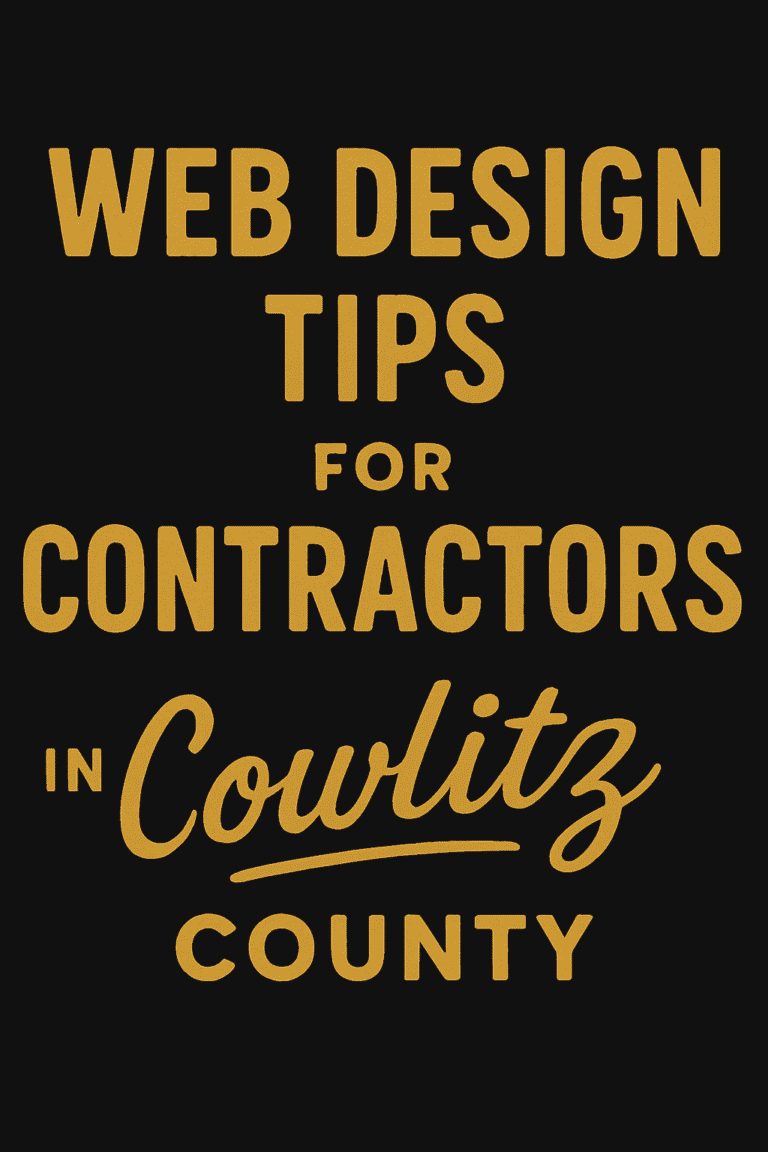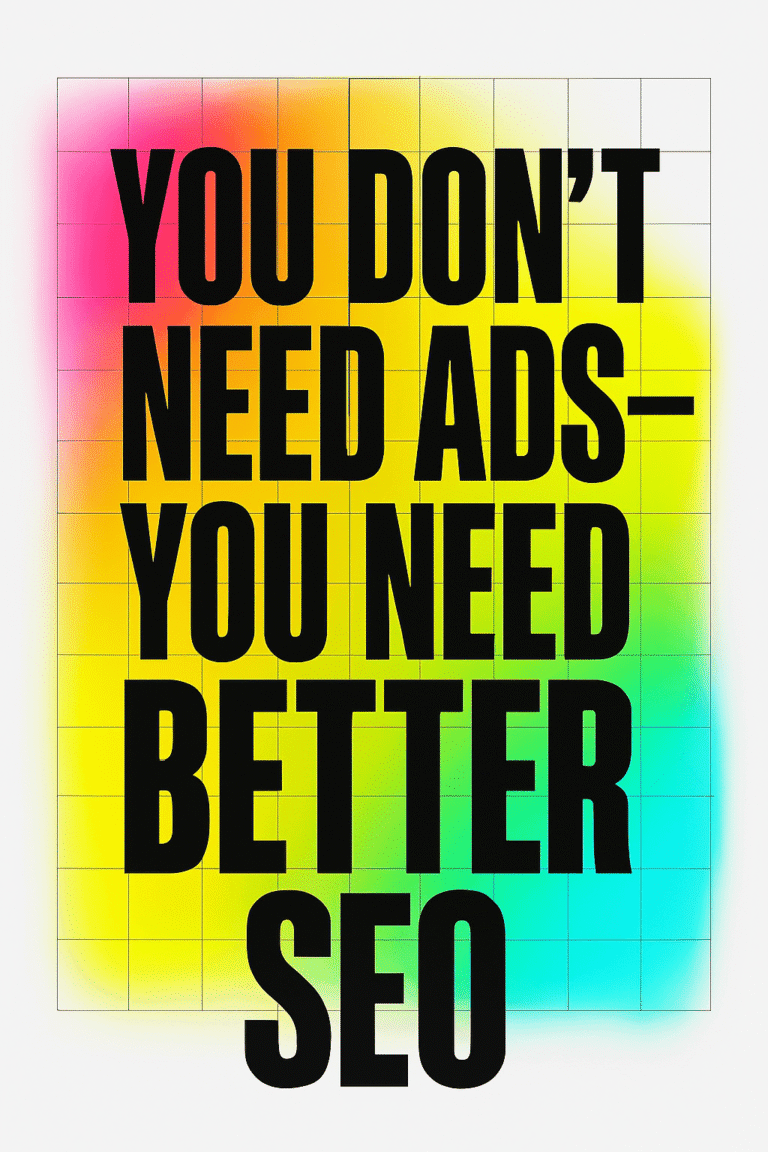
When you hear the term ‘web design,’ your mind probably jumps to visuals—layouts, color schemes, typography, and compelling graphics. But what if we told you that the speed and performance of a website are just as integral to design as those eye-catching elements? That’s right, folks. In a world where every second counts, particularly when it comes to retaining user attention, a snazzy design is only half the battle won. The other half is fought in the trenches of website speed and performance optimization. If your website is a Formula 1 car, then design is the aerodynamics, but speed and performance are the engine. In this post, we’ll delve into why these aspects shouldn’t be an afterthought but rather a focal point of your overall design strategy.
Buckle up; it’s time to put the pedal to the metal!
The Marriage of Form and Function
Before diving into the nitty-gritty of speed and performance, it’s essential to understand the relationship between them and the overall design. Think of your website as a well-orchestrated ensemble. The graphic elements, like layout and typography, serve as the melody setting the mood, while speed and performance are the rhythm keeping everything on track. When either the melody or rhythm is off, the ensemble doesn’t deliver, leading to a poor user experience.
The same principle applies to your website. A slow-loading site can tarnish the first impression, regardless of how stunning the design is. Research shows that a one-second delay in page load time can result in a 7% reduction in conversions, an 11% drop in page views, and a 16% decrease in customer satisfaction. Now, let those numbers sink in.
In other words, speed and performance are not mere technicalities left to the developers; they are integral aspects of the design process. When a website lags, users are more likely to abandon it, no matter how captivating the visuals are. In a digital landscape where users have millions of options at their fingertips, falling behind—even by a couple of seconds—can be a costly mistake.
This is why, at Graticle Design, we view speed and performance as pillars of the design process. And in the following sections, we’ll break down how you can approach these elements as integral parts of your overall web design strategy.
The Mechanics of Speed and Performance in Design
So, how do you incorporate speed and performance into your design strategy? The first step is to understand that these elements are not isolated factors; they intertwine with various aspects of your site, including the choice of graphics, the complexity of elements, and even the type of content you publish.
Image Optimization
High-quality images are essential for any modern website; they capture attention and help to tell your brand’s story. However, large, uncompressed images can significantly slow down your site. The trick lies in finding the right balance—using image compression tools or modern formats like WebP to reduce file size without compromising quality.
Script Management
JavaScript and CSS files are the building blocks of your website’s interactivity and styling. However, unnecessary or inefficient scripts can bog down website performance. Minifying and combining these files can result in a faster page load time while maintaining the site’s functionality and aesthetics.
Lazy Loading
This is a technique where you defer the loading of off-screen images and other media files until the user scrolls down to them. This not only speeds up the initial page load time but also saves data for users on limited data plans.
Caching Strategies
Caching stores frequently accessed data temporarily so that the site doesn’t have to reload it each time a user visits. Effective caching can make your site lightning-fast, but it needs to be implemented wisely to avoid issues like outdated content being displayed.
Content Delivery Network (CDN)
Utilizing a CDN can distribute the load, saving bandwidth and speeding up access for your users. The network allows users to download resources from the nearest possible location, reducing the load time significantly.
In summary, when you’re laying out your website’s design, it’s crucial to simultaneously consider how each element will impact the site’s speed and performance. This holistic approach ensures that users will have an experience that is not only visually engaging but also swift and smooth. After all, what good is a beautiful car if it doesn’t have a powerful engine to make it go fast?
The Real-world Impact: User Experience and SEO
Now that we’ve tackled the mechanics, let’s talk about the real-world implications of speed and performance on both user experience and SEO (Search Engine Optimization).
User Experience: First Impressions Count
Ever walked into a sleek, modern store only to find that the service is slow? Chances are you didn’t stick around. Similarly, users don’t have the patience for slow-loading websites. A delay of even a few seconds can make the difference between a new customer and a lost opportunity. Improving the speed and performance of your website creates a better first impression and keeps users engaged, increasing the likelihood they’ll stick around, explore, and perhaps make a purchase or sign-up.
SEO: Speed as a Ranking Factor
Search engines like Google prioritize the user experience, and site speed is a significant part of that equation. A slow website can hurt your search rankings, making it harder for potential customers to find you. Even if your site offers top-notch content and stunning visuals, if it’s slow, it’s less likely to appear on the first page of search results. On the flip side, a fast, well-optimized website can improve your visibility online, drawing more traffic and, ultimately, more business.
Analytical Insights
Performance metrics should not be a set-it-and-forget-it aspect of your website. Use tools like Google Analytics or specialized speed-testing tools to monitor how changes to your website impact its speed and user engagement. These insights can be invaluable for fine-tuning your site and making informed decisions on future design updates.
The Bottom Line
Speed and performance are more than just technical checkboxes to tick off; they’re integral to the design and success of your website. They directly impact user experience and search rankings, affecting your site’s visibility and its ability to convert visitors into customers. By making speed and performance a core part of your design strategy, you’re not just building a website; you’re creating an optimized, user-friendly platform that both search engines and your audience will love.
And there you have it—a deep dive into why speed and performance should be on every designer’s radar. Ignoring these critical elements can be a costly mistake, but by giving them the attention they deserve, you’ll set the stage for a website that’s not just beautiful, but also beautifully fast.
Practical Steps to Get Started: Where Design Meets Development
So you’re convinced that speed and performance matter as much as aesthetics and content. That’s a great starting point! But how do you bring this awareness into your design process in a practical way? Let’s break it down.
Collaborate Early and Often
Involve your development team from the get-go. A harmonious relationship between designers and developers can lead to more effective problem-solving and creative solutions. Use design systems or collaboration tools to bridge the gap between aesthetics and code.
Performance Budgets
Before starting a new design project, set a “performance budget”—an agreed-upon set of limits related to load time, image sizes, and script use. This proactive step can guide your design choices, helping you prioritize elements that enhance rather than hinder performance.
Mobile-First Design
With the increasing use of smartphones for web access, designing for mobile performance is no longer optional. A mobile-first approach encourages you to prioritize essential features due to limited screen space, indirectly promoting a design that’s optimized for speed.
Testing, Testing, 1-2-3
Don’t just assume that changes you make will improve speed—test them. Use tools like Google’s PageSpeed Insights, GTmetrix, or Lighthouse to get a comprehensive picture of your website’s performance. Run tests before and after making changes to gauge their effectiveness.
User Feedback
Sometimes the most valuable insights come directly from your users. Utilize surveys, feedback forms, or heatmapping tools to understand how real people interact with your site and what frustrations they might have related to speed or usability.
Continuous Improvement
The work doesn’t stop once your site is live. The web is ever-evolving, and what works today may not be effective tomorrow. Make a habit of regularly auditing your website’s speed and performance and be willing to make adjustments as needed.
By incorporating these practical steps into your design process, you can ensure that speed and performance are not mere afterthoughts but fundamental components of your website’s success. The result? A site that not only looks good but also feels good to use. Today, that’s a combination that truly stands out.
Wrapping It Up: Why Speed and Performance Should Never Be an Afterthought
Where user expectations are higher than ever, your website’s speed and performance aren’t just technical metrics—they’re vital elements that contribute to user satisfaction and, ultimately, your bottom line. Simply put, overlooking these aspects in your design process isn’t just a mistake; it’s a missed opportunity to impress your audience and convert potential customers.
So, whether you’re launching a brand-new website or considering a redesign, keep in mind that form and function should go hand-in-hand. From load times to image optimization and script efficiency, every detail matters. Your users notice these things, even if they can’t quite put their finger on why a slow or cumbersome site turns them off.
Time for Action
Feeling the need for speed but not sure where to start? That’s where we come in. At Graticle Design, we prioritize both stunning visuals and optimized performance. We know that a well-designed website isn’t just about looking good—it’s about functioning efficiently, meeting your business objectives, and providing a seamless user experience. So if you’re looking to give your website that competitive edge, look no further.
Ready to kick your website’s performance up a notch? Reach out to Graticle Design and let’s make your site as speedy and effective as it is beautiful.
Let’s not wait for your competitors to take the lead. Contact us today and experience the difference that an optimized, high-performing website can make for your business. Message us or call today (360) 450-3711





